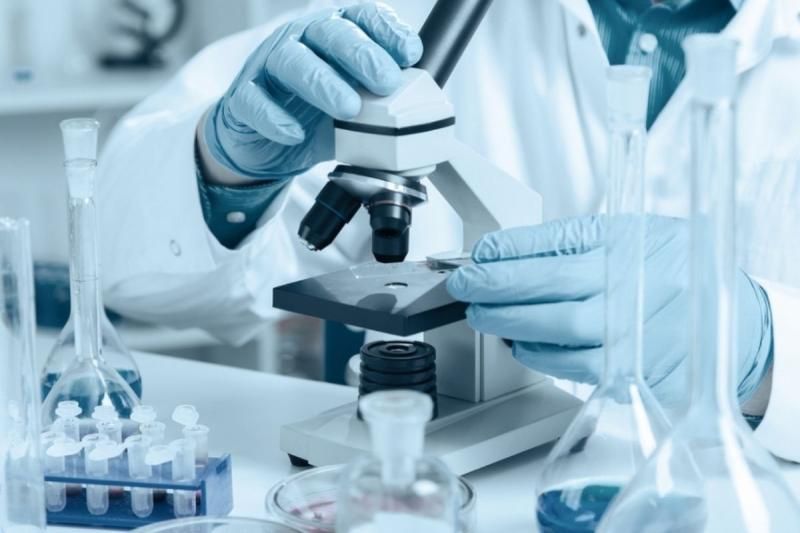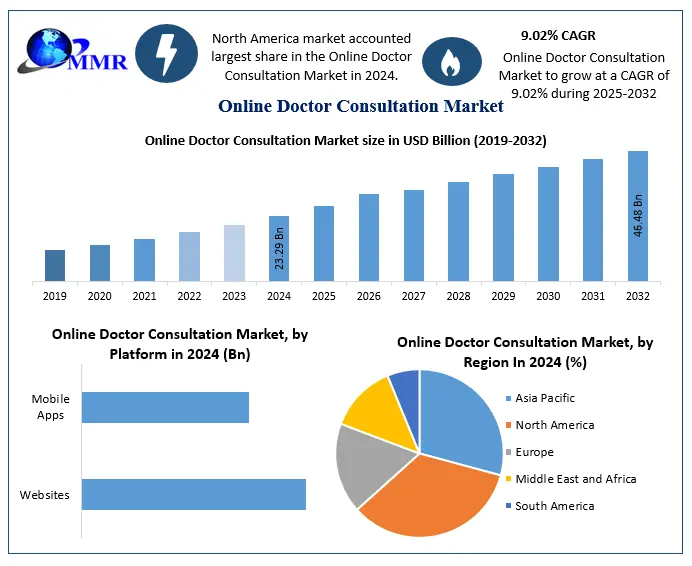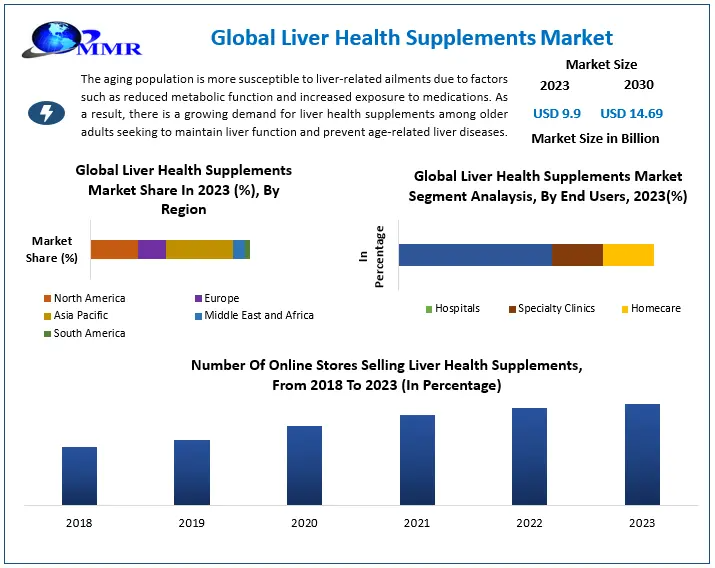Laboratory Developed Testing Market to Witness Robust Growth Driven by Precision Medicine and Technological Advances
The Laboratory Developed Testing (LDT) Market, valued at US$ 5.14 billion in 2023, is projected to expand significantly, reaching US$ 8.58 billion by 2030, with a steady CAGR of 7.58% during the forecast period. The market’s momentum is fueled by the rising adoption of personalized medicine, technological breakthroughs in molecular diagnostics, and increasing demand for rapid and reliable testing solutions.
Market Growth Drivers & Opportunities
The LDT market is undergoing a transformative phase, largely driven by the global shift toward personalized healthcare. The rise in chronic diseases and the subsequent demand for precision diagnostics are catalyzing market growth. Technological innovation, especially in next-generation sequencing (NGS) and polymerase chain reaction (PCR) platforms, enables laboratories to develop and validate complex tests swiftly and cost-effectively, meeting unique clinical needs.
Furthermore, LDTs play a pivotal role in oncology, infectious disease diagnostics, and rare disease detection, areas where commercially available in-vitro diagnostic (IVD) kits often fall short. As healthcare systems globally pivot toward patient-centric care, laboratories are leveraging LDTs to provide faster, customized results, thereby improving clinical decision-making.
Regulatory advancements are also shaping the landscape. While the US FDA has signaled greater oversight on LDTs, this is expected to bring standardization and quality assurance, ultimately bolstering market credibility. Meanwhile, in Europe, updated In Vitro Diagnostic Regulation (IVDR) rules are prompting laboratories to refine processes, driving investment in new assay development.
Digitalization and integration of AI-driven bioinformatics tools have unlocked opportunities for laboratories to design highly sensitive tests, even with limited sample volumes. The increasing focus on liquid biopsies, minimal residual disease (MRD) detection, and companion diagnostics is set to further propel demand for LDTs over the next decade.
Segmentation Analysis
According to the report by Maximize Market Research, the Laboratory Developed Testing market is segmented by application, technology, and end-user, each playing a critical role in shaping market dynamics.
-
By Application, the market is led by the clinical chemistry segment, fueled by its broad usage in disease diagnosis and monitoring, followed closely by immunoassays and molecular diagnostics. In molecular diagnostics, applications in oncology and genetic testing are growing at a faster pace due to the precision required in these fields. Infectious disease testing also remains a significant contributor, particularly after the COVID-19 pandemic, highlighting the adaptability of LDTs in crisis scenarios.
-
By Technology, polymerase chain reaction (PCR) continues to dominate, favored for its accuracy and speed. However, next-generation sequencing (NGS) is experiencing the fastest growth rate, driven by its capability to analyze multiple genes simultaneously and deliver actionable insights in oncology, rare diseases, and pharmacogenomics. Techniques like fluorescence in situ hybridization (FISH) and flow cytometry are also gaining ground in specific clinical contexts.
-
By End-User, hospital laboratories hold the largest share, attributed to high testing volumes and the need to deliver rapid, in-house results. Academic and research institutes are investing heavily in LDTs for translational research, while specialty clinics and diagnostic laboratories are expanding their LDT offerings to cater to niche patient segments.
This segmentation illustrates the market’s multidimensional growth, reflecting its adaptability across clinical settings and disease areas.
Get a Sample PDF Brochure: https://www.maximizemarketresearch.com/request-sample/87457/
Country-Level Analysis
The Laboratory Developed Testing market demonstrates notable regional diversity, shaped by healthcare infrastructure, regulatory frameworks, and innovation ecosystems.
-
United States: The US remains the largest LDT market globally. Factors driving growth include a strong network of CLIA-certified laboratories, high prevalence of chronic and genetic diseases, and the early adoption of NGS technologies. The market has witnessed significant activity post-COVID-19, with labs pivoting quickly to develop SARS-CoV-2 tests, demonstrating agility that has encouraged further investment.
-
Germany: As a leading hub in Europe, Germany benefits from robust R&D infrastructure and partnerships between academia and the diagnostics industry. The country is rapidly adapting to new EU IVDR regulations, prompting investments in assay validation and quality control, ensuring market continuity and future growth.
-
China: China’s LDT market is expanding, driven by the rising demand for genetic testing and oncology diagnostics. Government initiatives under “Healthy China 2030” and increasing reimbursement coverage for molecular tests are further encouraging market penetration, alongside an emerging biotech startup ecosystem.
-
Japan: Known for its advanced healthcare system, Japan’s LDT segment benefits from significant investments in precision oncology and personalized healthcare. Local laboratories are actively developing companion diagnostics aligned with targeted therapies, thus expanding the scope and sophistication of LDT offerings.
-
United Kingdom: The UK market is witnessing steady growth, supported by the NHS’s Genomic Medicine Service and focus on integrating genomics into routine care. LDTs are central to these initiatives, particularly in rare disease diagnostics and oncology, driving innovation and accessibility.
These countries collectively represent the forefront of the global LDT market, leveraging local strengths to address patient needs and clinical gaps.
Competitive Landscape & Recent Developments
The global Laboratory Developed Testing market features a dynamic mix of large diagnostics corporations and specialized biotech firms. According to the report, key players include:
-
Quest Diagnostics
-
F. Hoffmann-La Roche AG
-
Illumina Inc.
-
Qiagen N.V.
-
Thermo Fisher Scientific Inc.
-
Agilent Technologies
Among them, the top five by estimated market share are Quest Diagnostics, Roche, Illumina, Qiagen, and Thermo Fisher Scientific.
Recent notable developments shaping the market:
-
Quest Diagnostics announced the launch of new LDT panels for non-small cell lung cancer (NSCLC), enhancing precision oncology offerings.
-
Roche introduced its AVENIO Tumor Tissue CGP Kit, an LDT-ready solution that enables comprehensive genomic profiling in labs worldwide.
-
Illumina unveiled new cloud-based bioinformatics tools designed to streamline NGS-based LDT workflows, boosting scalability for clinical labs.
-
Qiagen expanded its QIAseq Targeted DNA Panels, supporting faster design and validation of oncology-focused LDTs.
-
Thermo Fisher Scientific announced updates to its Ion Torrent Genexus System, making it easier for labs to bring NGS-based LDTs in-house with shorter turnaround times.
These developments underscore the industry’s strategic push toward innovation, speed, and clinical relevance, helping labs keep pace with evolving patient care demands.
Press Release Conclusion
The Global Laboratory Developed Testing market is at the intersection of technological innovation and the healthcare industry’s growing need for precision and flexibility. Driven by advances in NGS, PCR, and data analytics, combined with rising disease prevalence and supportive regulatory shifts, the market is set to continue its upward trajectory through 2030.
From hospital laboratories to specialized clinics, LDTs are redefining diagnostics, bridging the gap between clinical demand and commercially available solutions. As major players invest in expanding portfolios and new entrants bring disruptive technologies, the LDT market is poised to remain a cornerstone of modern healthcare, empowering clinicians and improving patient outcomes globally.



